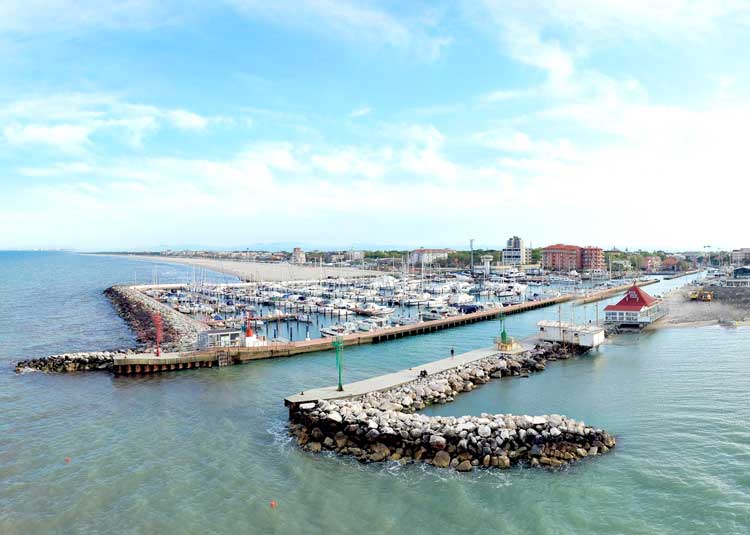
Applying early contractor involvement in marine infrastructure procurement
Complex construction projects that use traditional procurement practices are often impacted by significant cost overruns and delays. Early contractor involvement (ECI) is a concept that strives to involve the contractor collaboratively at an early stage of a project’s development to mitigate or otherwise eliminate those risks. In August 2022, PIANC published the report “A framework for early contractor involvement in infrastructure projects” to help industry practitioners in choosing and best implementing ECI. This article is intended to develop on key aspects of the PIANC report and look at the factors that can lead to a successful maritime ECI project.

The Fehmarnbelt tunnel trench dredging project
A fixed and direct transport connection between Scandinavia and Central Europe has been an enduring vision for many decades. This vision is about to be realised with the construction of the Fehmarnbelt Fixed Link, an 18-kilometre-long immersed tunnel between Rødbyhavn in Denmark and Puttgarden in Germany. When it opens in 2029, the tunnel will be the longest immersed tunnel in the world combining a dual railway and motorway connection. This article provides insight into the improved dredging equipment used and the methodology specially adapted and further developed to the project’s requirements.

50 years of case law that transformed marine infrastructure contracts
This article reviews various court cases over the past 50 years and considers their influence on marine infrastructure contracts and the allocation of risk between contract parties. The establishment of case law and legal precedent is an ever-evolving process, it being dependent on claimants to put their disputes through the court process to seek the outcome they desire. It is often a long and costly process. The rise of adjudication in various common law jurisdictions and countries means that often disputes are resolved without recourse to the courts and various industry standard contracts have arbitration as the final and binding mechanism to resolve disputes.

Study of greenhouse gas emissions during ripening of dredged marine sediment
As increasing greenhouse gas (GHG) emissions contribute to global warming, it is becoming more important to consider the carbon footprint of hydraulic engineering projects. This carbon footprint is more complex than previously thought however, as it can also include the carbon dynamics of the sediments from which projects are built. The purpose of this study was to provide a first approximation from sediment-related GHG emissions of dredged sediments. Using the case study of the clay ripening pilot project (‘Kleirijperij’) in Groningen, the Netherlands, one phase of sediment processing was examined: the ripening of dredged sediments for use as a clay material in dyke construction.

Balancing project progress and limited system knowledge in Amatique Bay
The development of a new marine project demands a system approach in which all aspects, including technical, economic, environmental and social, are considered and integrated equally and at an early stage. While insufficient information may be available to make informed decisions, choices need to be made to progress a project, assess impacts and risks, and engage stakeholders. This article explores the case of a new port terminal in Amatique Bay, Guatemala. A method was developed to assess, at an early stage, the potential negative impacts on seagrass habitats from the disposal of dredged material at different locations, while having limited real-time and location-specific information at hand.

The importance of survey and site investigation of project sites and sand borrow areas
In this session, Alkwin Landewee of Boskalis will inform you why it is important for a successful dredging project to do a good survey and site investigation, based on his own experiences in Manila in the Philippines.

Adverse physical conditions: Legal development and changes in risk profiles
In the past decade, there have been noteworthy advances in case law with respect to adverse physical conditions as well as the development and use of digital ground models that have become more widespread. This article looks at the development and changes in risk profiles that may result due to these two developments.

LIFE MARINAPLAN PLUS Project: Sustainable marine and coastal seabed management
In June 2019, the research team of the LIFE MARINAPLAN PLUS project began operating the first-of-a-kind demonstration plant installation at the harbour entrance of Marina di Cervia (Italy). Fulfilling the project’s objective to apply at industrial scale a reliable technology for the sustainable management of sediment in marine infrastructures, this technology prevents harbour silting through the use of submerged devices called ‘ejectors’ installed on the seabed.

